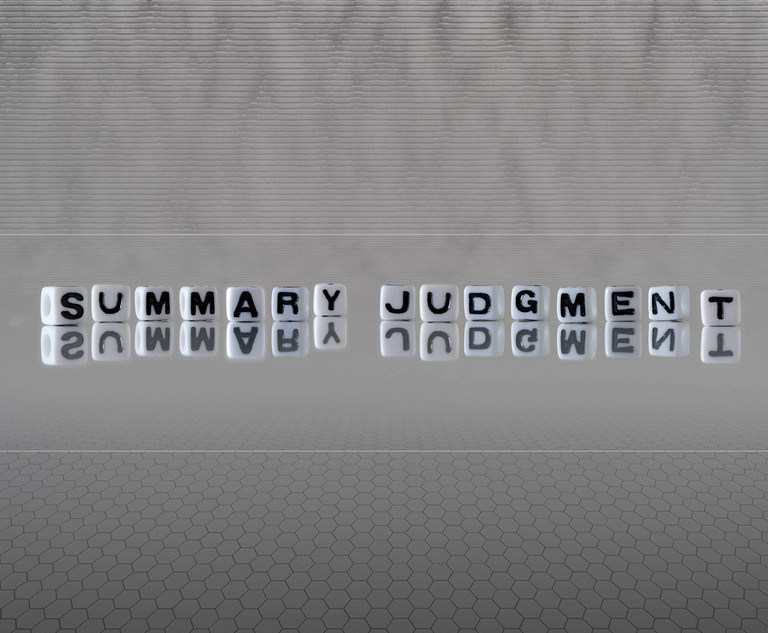Most attorneys in New Jersey are familiar with Brill v. Guardian Life Ins. Co. of Am., 142 N.J. 520 (1995). In fact, a reference to Brill in the “Standard of Review” section of the typical summary judgment brief is customary, if not trite. Nearing the 30th anniversary of the Supreme Court’s decision in Brill, a reflection of its efficacy seems fitting.
In Brill, the New Jersey Supreme Court found that when read together, a series of U.S. Supreme Court cases dealing with summary judgment—Matsushita Elec. Indus. v. Zenith Radio, 475 U.S. 574 (1986), Anderson v. Liberty Lobby, 477 U.S. 242 (1986), and Celotex v. Catrett, 477 U.S. 317 (1986)—adopted a standard that requires a motion judge to engage in an analytical process similar to that necessary to rule on a motion for a directed verdict: “whether the evidence presents a sufficient disagreement to require submission to a jury or whether it is so one-sided that one party must prevail as a matter of law … That weighing process requires the court to be guided by the same evidentiary standard of proof—by a preponderance of the evidence or clear and convincing evidence—that would apply at the trial on the merits when deciding whether there exists a ‘genuine’ issue of material fact.”


 Credit: lexiconimages/Adobe Stock
Credit: lexiconimages/Adobe Stock




